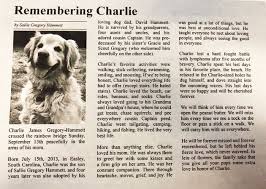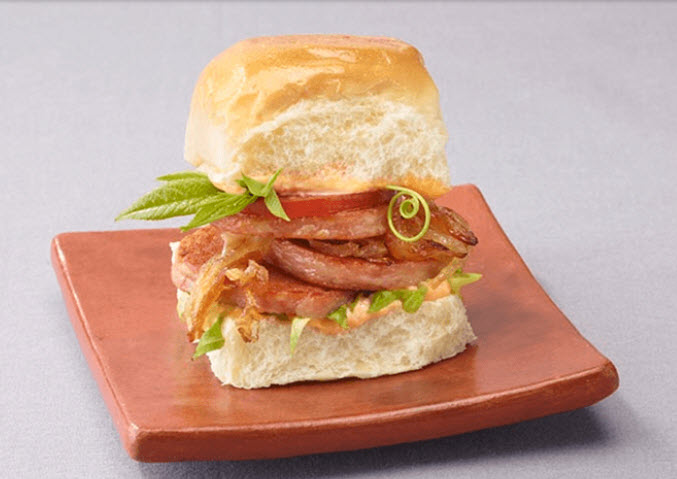Product Insight Tool.
 Have you ever written an obituary? If you have, it’s probably been for a family member. (Unless you have a father in the business who got his PR friend to take it on.) I did one for my mom and it was not a very good piece of writing. I was on a word count and it was, therefore, very informational. Obituaries are an interesting form of writing. The NY Times does an amazing job with theirs.
Have you ever written an obituary? If you have, it’s probably been for a family member. (Unless you have a father in the business who got his PR friend to take it on.) I did one for my mom and it was not a very good piece of writing. I was on a word count and it was, therefore, very informational. Obituaries are an interesting form of writing. The NY Times does an amazing job with theirs.
One tool the research department at McCann-Erickson-NY used in focus groups was to have participants write an obit for a product. It encouraged participants to break out some creative muscle. But mainly it found them writing about product high and low points along with some personal stories and feelings. People tend to be nice in obits and that’s part of the appeal of the tool. Of course, the focus group moderator could simply ask open-ended “like” and “dislike” questions but an obit also forced writers to imagine a product’s demise and why.
A neat tool and trick. Insights can come from everywhere. It’s worth pushing the limits sometime.
Peace.









